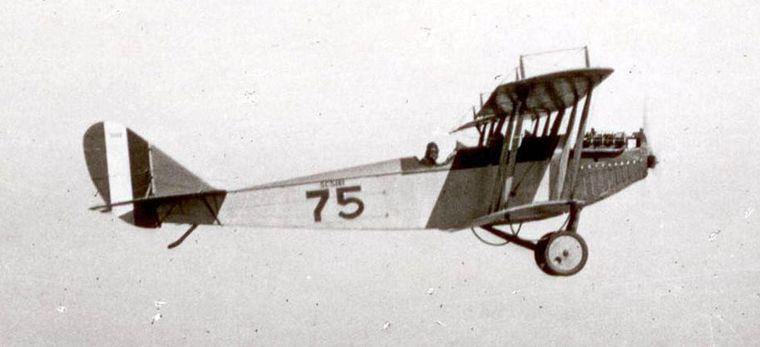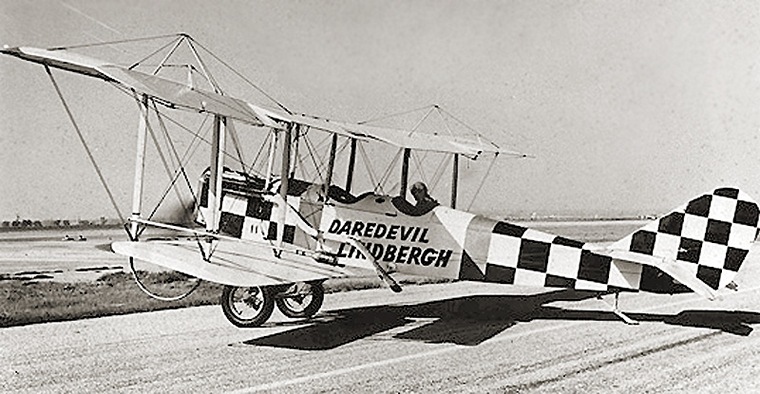












Charles Augustus Lindbergh-Aviation Pioneer
By Willie Bodenstein

With the onset of winter in May 1923 he returned to the air and first solo flight. He then bought a World War I surplus Curtiss JN-4 "Jenny" biplane for $500. After spending week or so at the field to "practice" (thereby acquiring five hours of "pilot in command" time), Lindbergh took off from Americus for Montgomery, Alabama, on his first solo cross-country flight, and went on to spend much of the rest of 1923 engaged in almost nonstop barnstorming under the name of "Daredevil Lindbergh".

Curtiss Jenny. Photo George Johnson US Army Sinal Corps/commons.wikimedia

San Diego Air and Space Museum Archives commons.wikimedia.org
Six well-known aviators had already lost their lives in pursuit of the Orteig Prize when Lindbergh took off from Roosevelt Field on his successful attempt in the early morning of Friday, May 20, 1927. Prior to fuelling The Spirit Lindbergh's crew had strained and restrained the Shell Aviation fuel to eliminate as much sediment as possible. This was to prevent any fuel line blockages during the flight.
Burdened by its heavy load of 450 U.S. gallons (1,704 litres) of gasoline weighing about 2,710 lb (1,230 kg), and hampered by a muddy, rain-soaked runway Lindbergh's Wright Whirlwind-powered monoplane gained speed very slowly as it made its take-off run. However, its J-5C radial engine still proved powerful enough to allow the Spirit to clear the telephone lines at the far end of the field "by about twenty feet [six meters] with a fair reserve of flying speed.
Spirit of St. Louis Smithsonian. Photo Jawed Karim commons.wikimedia.org
The airfield was not marked on his map and Lindbergh knew only that it was some seven miles northeast of the city. He initially mistook the airfield for some large industrial complex with bright lights spreading out in all directions. The lights were, in fact, the headlights of tens of thousands of cars all driven by eager spectators now caught in "the largest traffic jam in Parisian history."
 |
 |
 Copyright © 2024 Pilot's Post PTY Ltd
The information, views and opinions by the authors contributing to Pilotís Post are not necessarily those of the editor or other writers at Pilotís Post.
Copyright © 2024 Pilot's Post PTY Ltd
The information, views and opinions by the authors contributing to Pilotís Post are not necessarily those of the editor or other writers at Pilotís Post.